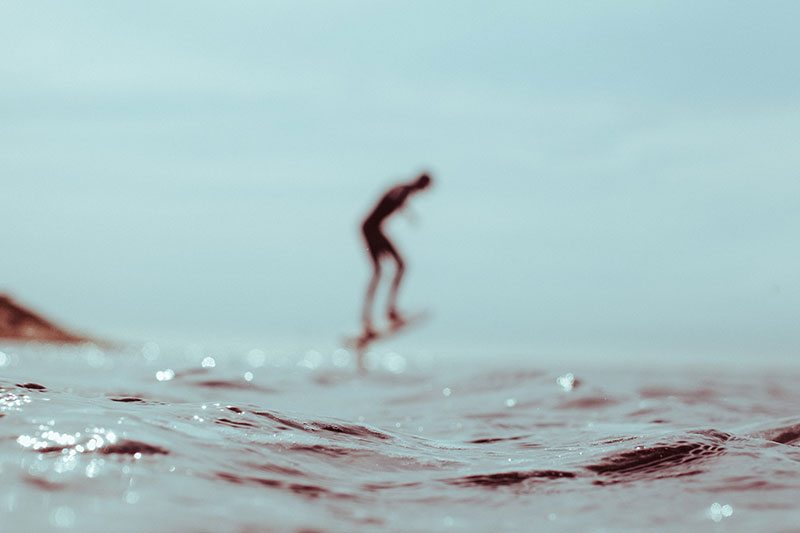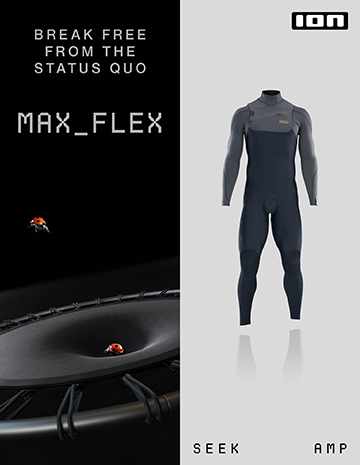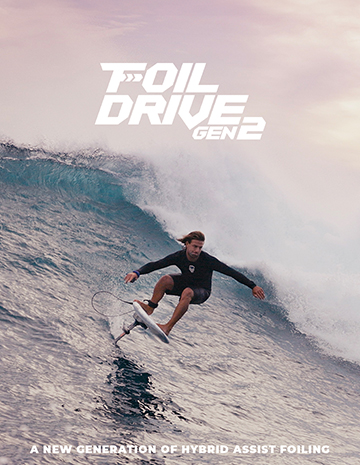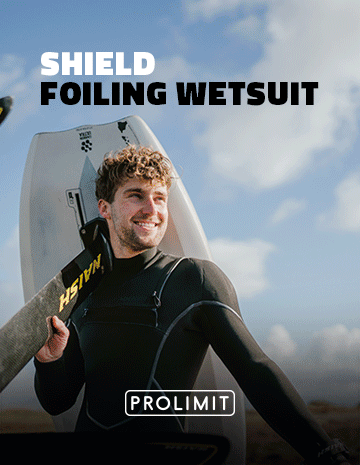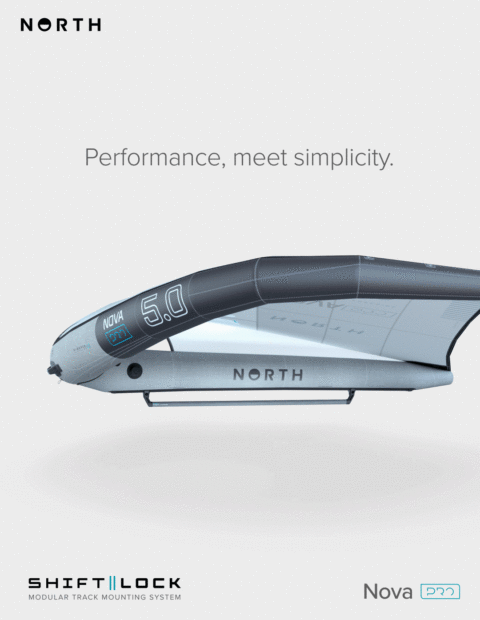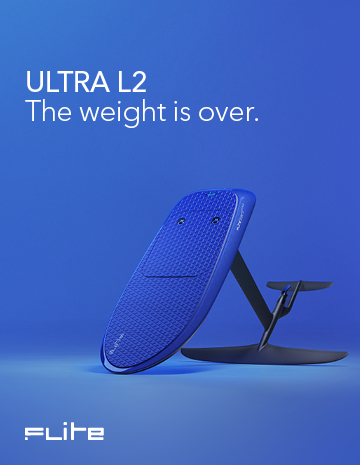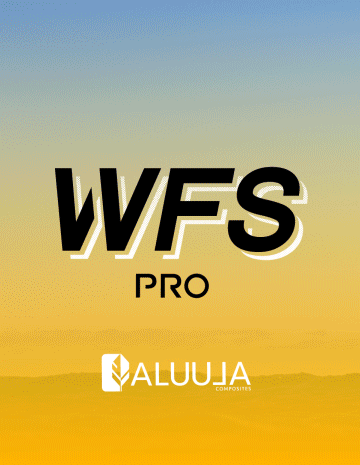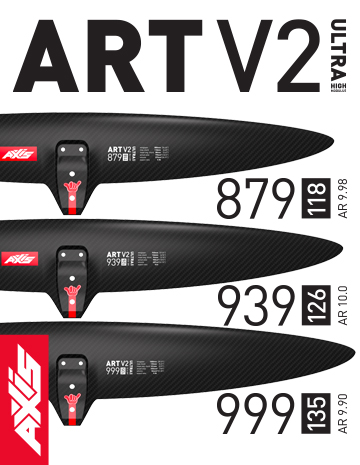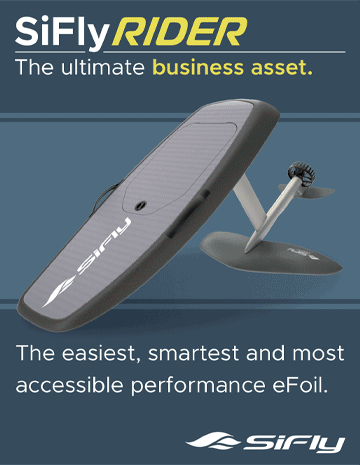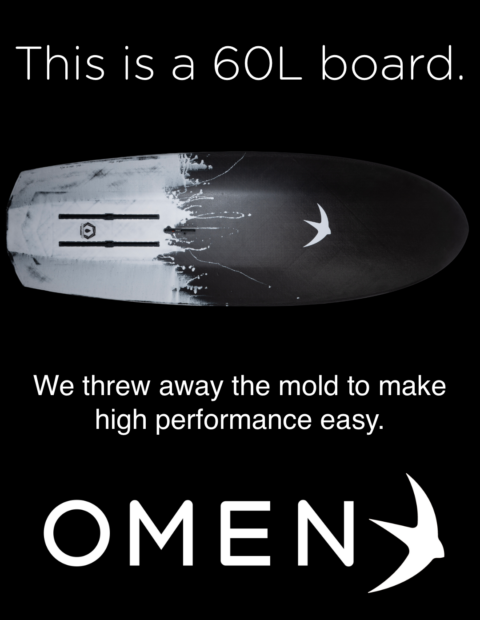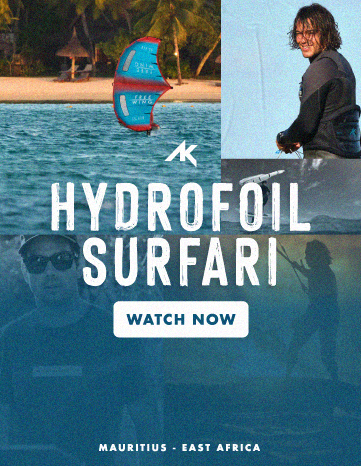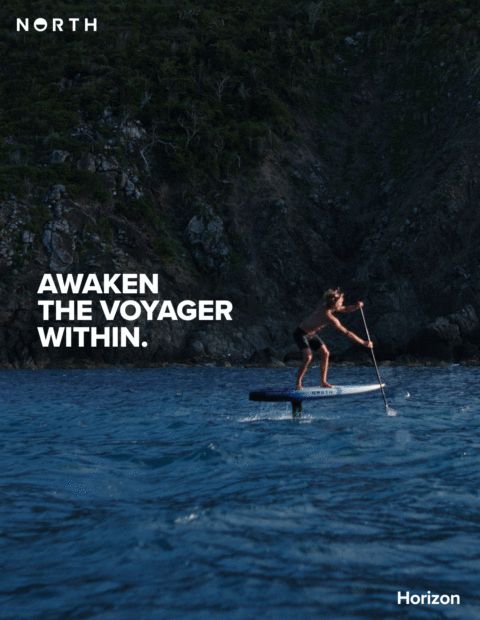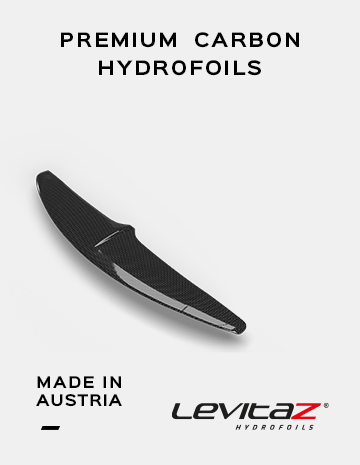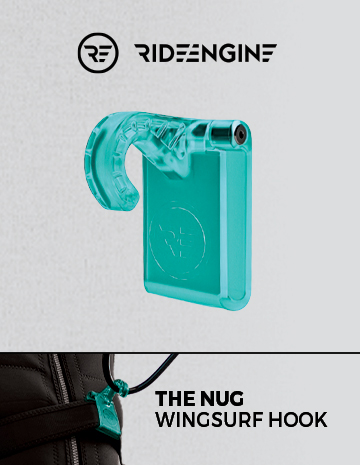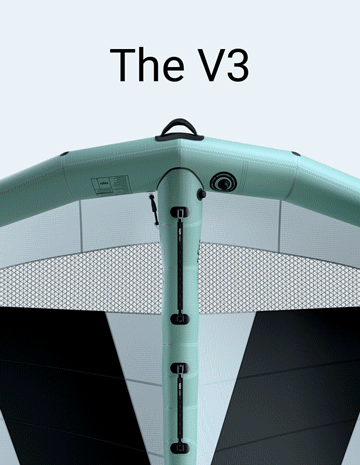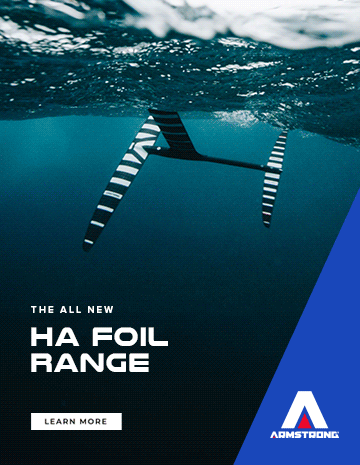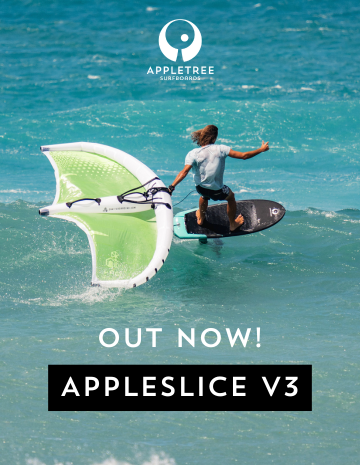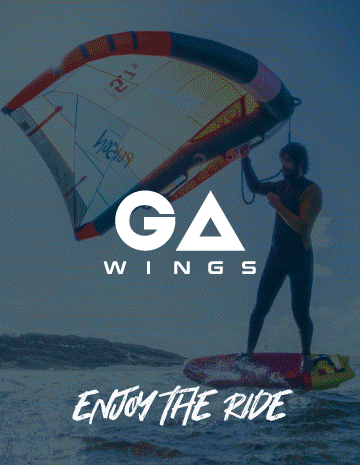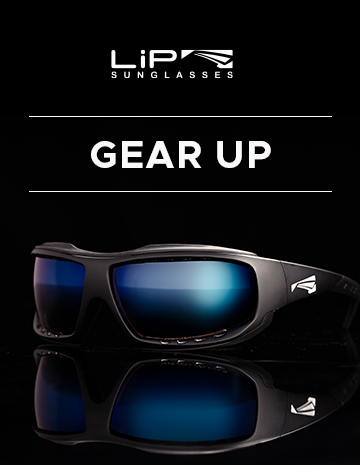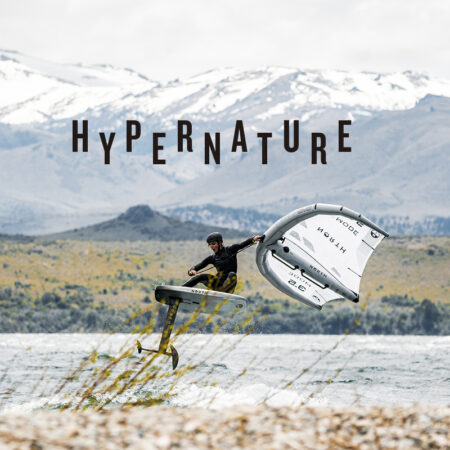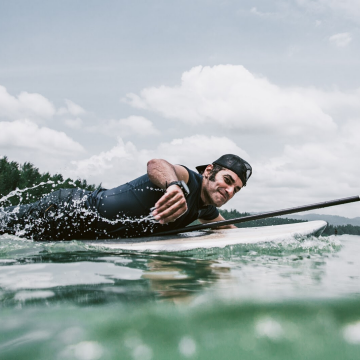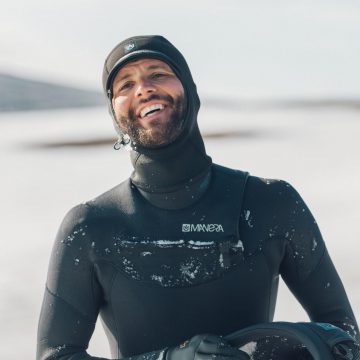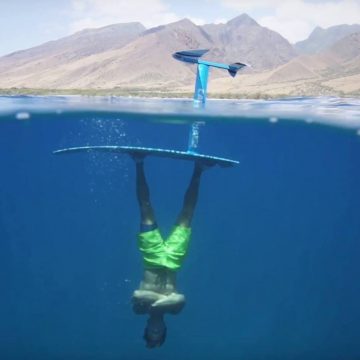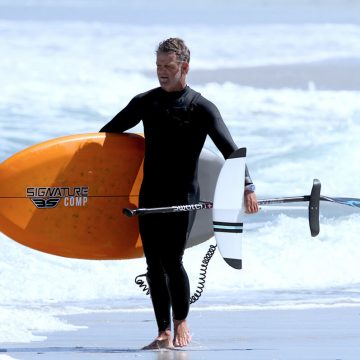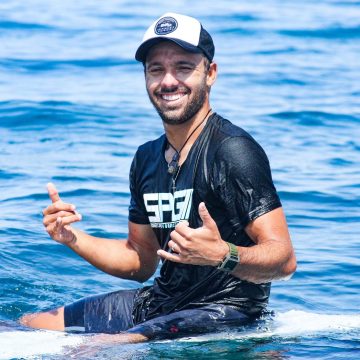How to Learn Hydrofoil Surfing
From our friends over at mackiteboarding.com…
Words: Tucker Vantol
Photos: Jayde Stent
So you want to learn to hydrofoil surf? Congratulations! We too have caught the foil bug for all of our board sports. Surf foiling is truly a one of a kind experience that makes even the most marginal days into magical sessions. Aside from the silent, smooth, and effortless glide, surf hydrofoils tap into the most powerful part of the wave just beneath the surface. This allows you to keep momentum and connect sections on the smallest wave.
Step 1 – Learn to Surf
The first step is learning to hydrofoil surf is learning how to surf [on] a normal surfboard. This may seem like common sense but most surfers can tell you that learning to surf is a process. Adding a hydrofoil to that mix is a recipe for a steep learning curve. If you do not yet consider yourself a confident surfer, grab a board and get out there for some practice. As with most things, using a school or coach will drastically improve your progress. In addition to being a confident surfer, you should understand how to ride a smaller board like a shortboard or fish design. These boards are most similar in shape and use to surf foil boards on the market today and ride differently than longboards. Most notably, they require a steeper wave face and fast pop up due to their smaller size.
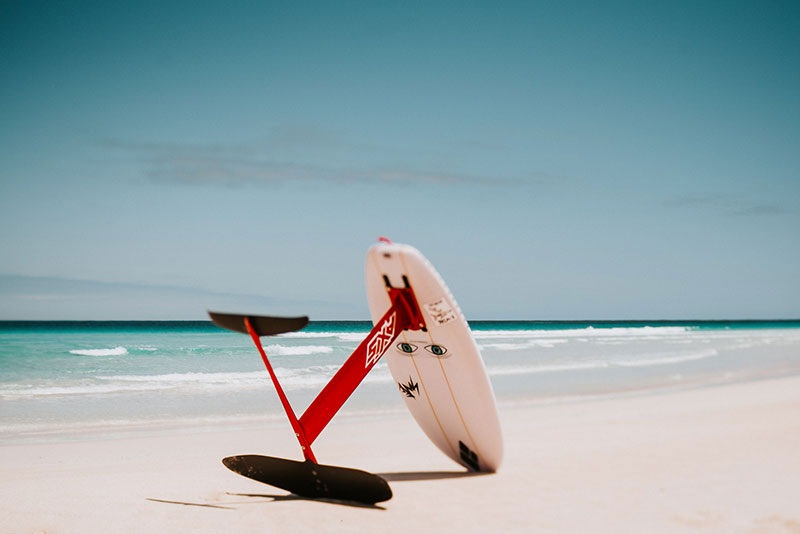
Step 2 – Practicing Behind A Boat
If you do know how to surf a smaller board then you are ready for the second step of learning foil boarding. This second step is learning to ride a hydrofoil board behind a boat. Riding a foil behind a boat allows you to focus on how the hydrofoil works and training your body to react accordingly without the additional variables that waves introduce. Grab a boat, Jet Ski, sailboat…whatever and a couple like-minded friends for some practice. Longer tow lines allow you to get away from the boat's cavitation (aerated water) for the smoothest ride. Cutting outside the wake will also help. Here is a list of recommended boat speeds for the easiest learning. The proper speed gives stability and adequate lift to the foil.
- 8-12 mph -Low aspect/ high volume wings (Slingshot H2 & H4, Naish Thrust L surf & WS, Lift 170, Gofoil Iwa, Gofoil Maliko, Cloud 9 P27, Delta Surf, Delta Mega surf)
- 10-14 mph Low aspect/ Medium volume wings (Slingshot H1, Naish Thrust M, Liquid Force Impulse, Lift 150, Gofoil Kai, Cloud 9 S24)
After board starting behind the boat, the first thing you want to do is learn how to ride with the board on the water. This will require a fair amount of front foot pressure to keep the board from coming up on foil. If you find that you are putting more than 70-percent of your body weight on the front foot, change your foot stance further forward on the board. For most foils, the ideal back foot position is directly above the front mast edge with your front foot shoulder width apart. When you have mastered keeping the board on the water it is time for controlled take offs.
Step 3 – Controlled Take Offs
Controlled take offs are required for successful hydrofoiling in any discipline. Taking off intentionally allows you to keep your momentum and start from a stable platform. The key to this is shifting your weight slowly and smoothly without upper body movement. Do not think of your hydrofoil like a skateboard or a normal surfboard that requires drastic leg movement and exaggerated body movements. If you can learn to keep your body quiet and slowly shift weight from one foot to the other, your learning curve will accelerate in a more safe way without building bad habits. To practice this, bend your knees and shift weight from one foot to the other while keeping your upper body in the same position. When you are under control and would like to lift off, shift your weight slowly to your back foot until the foil starts to rise. When you are just a few inches off the water begin to shift your weight forward until the board stops rising. If you can hold that position stable then you will get some long rides on foil. When you have this mastered, the next step is to practice pumping up and down as well as turning back and forth. This will take some practice and lots of falls to get right but when you do you will be ready to hit the waves.
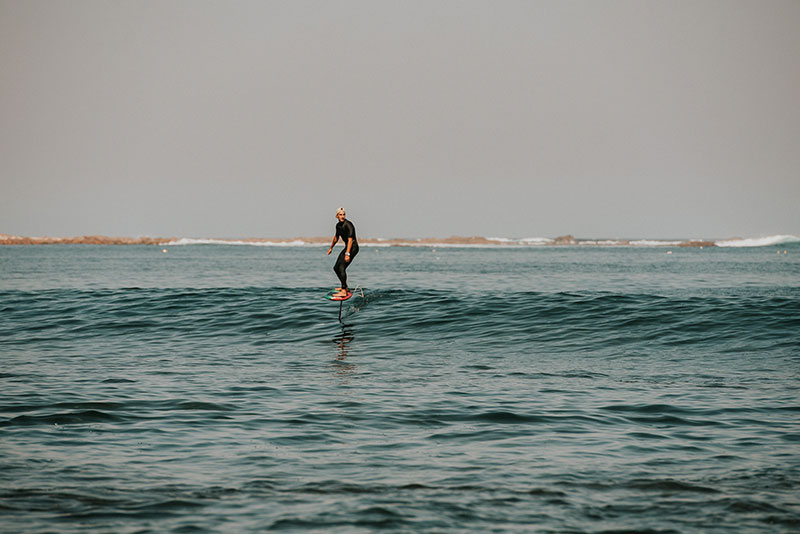
Step 4 – Your First Session
The first time you paddle out be sure to do two things to prepare. First, attach a surf leash of appropriate size. Foiling with a leash not only protects other people in the lineup but also aids in visibility if an accident should occur. If your leash is attached your board will “tombstone” and indicate to other waterman or lifeguards that you are in trouble and mark the spot for your rescue. Without a leash, your board will simply wash in without any indication that you are in trouble. While we are on the subject of safety, we always recommend using a helmet and impact vest when foiling in any sport to protect yourself.
The second thing to do before hitting the water is to move your foil closer to the tail of your board. This will aid in keeping your board on the water when catching the wave. The last thing you want when you are paddling in is to lift off on foil.
When paddling out for your first session, find a spot without obstacles: surfers, swimmers, piers, reefs etc. These just complicate and make your first attempts more difficult and dangerous. When you find your spot, paddle out just as you would with your normal board.
Catching your first wave will go just like a normal surf session. Find a wave, paddle with it, and get to your feet. When you get this far, shift gears to your boat training and slowly shift your weight backward, get on foil, and level it off. When you do this you will accelerate down the line and likely outrun the wave, so get ready for a cutback to bring yourself back to the wave or find another bump to carry you along. If you have prepared properly, this with come naturally and without trouble. Paddle back out with your huge frothing smile and do it again! If you are still a bit shaky or find some difficult waves just remember to commit to your falls. If you start to fall, do NOT try to save it and over correct, this is where most people take hard falls. If you can see the fall and just commit to it, you will likely tip over gracefully rather than falling back on your board.
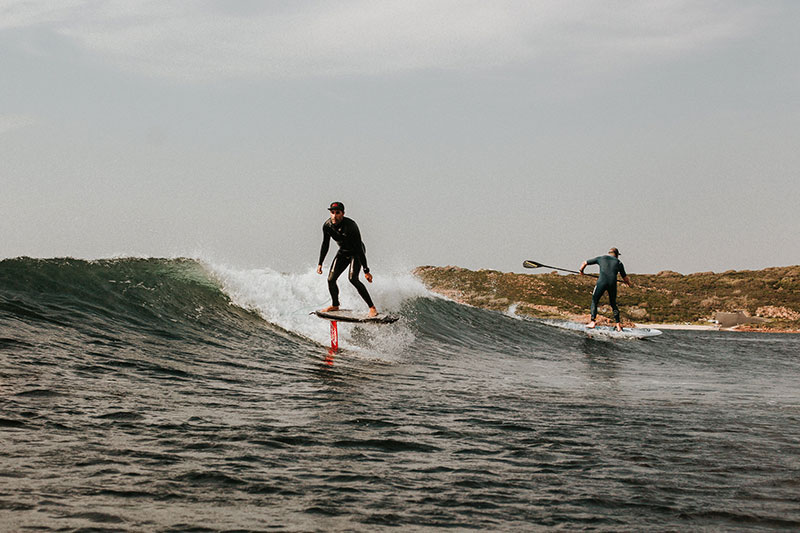
Useful Surf Foiling Tips & Tricks
Mastering the art of foil surfing will take some time and no one can tell where this new form of wave riding will lead or how the technology will evolve. Currently, the trend is long rides on small waves that would normally leave you on the beach. If you find yourself riding in small waves, perfecting the hop/glide and cut back are key to long rides. The hop and glide allows you to bring your wings higher than ride the momentum down and continue your ride even without a wave present. The trick here is to suck your knees up high then glide for a short period. If you can do this a couple times in succession you can start your momentum then glide for a longer period. Do not hop on the board but rather suck your knees up then ride it out to keep maximum momentum without interruption. Cutbacks are another great way to stay on foil without a powerful wave. By cutting back and forth across the more powerful part of the wave you can retain your momentum without outrunning the wave. By using these techniques and having a keen eye to find the next small bump you will find yourself riding until your legs give out.
We have been riding and invested in foil boarding for nearly six years now. The sport is ever evolving. If you have any questions feel free to contact one of our experts at 800-622-4655 or jump on our secure online chat. We would be happy to help.

























